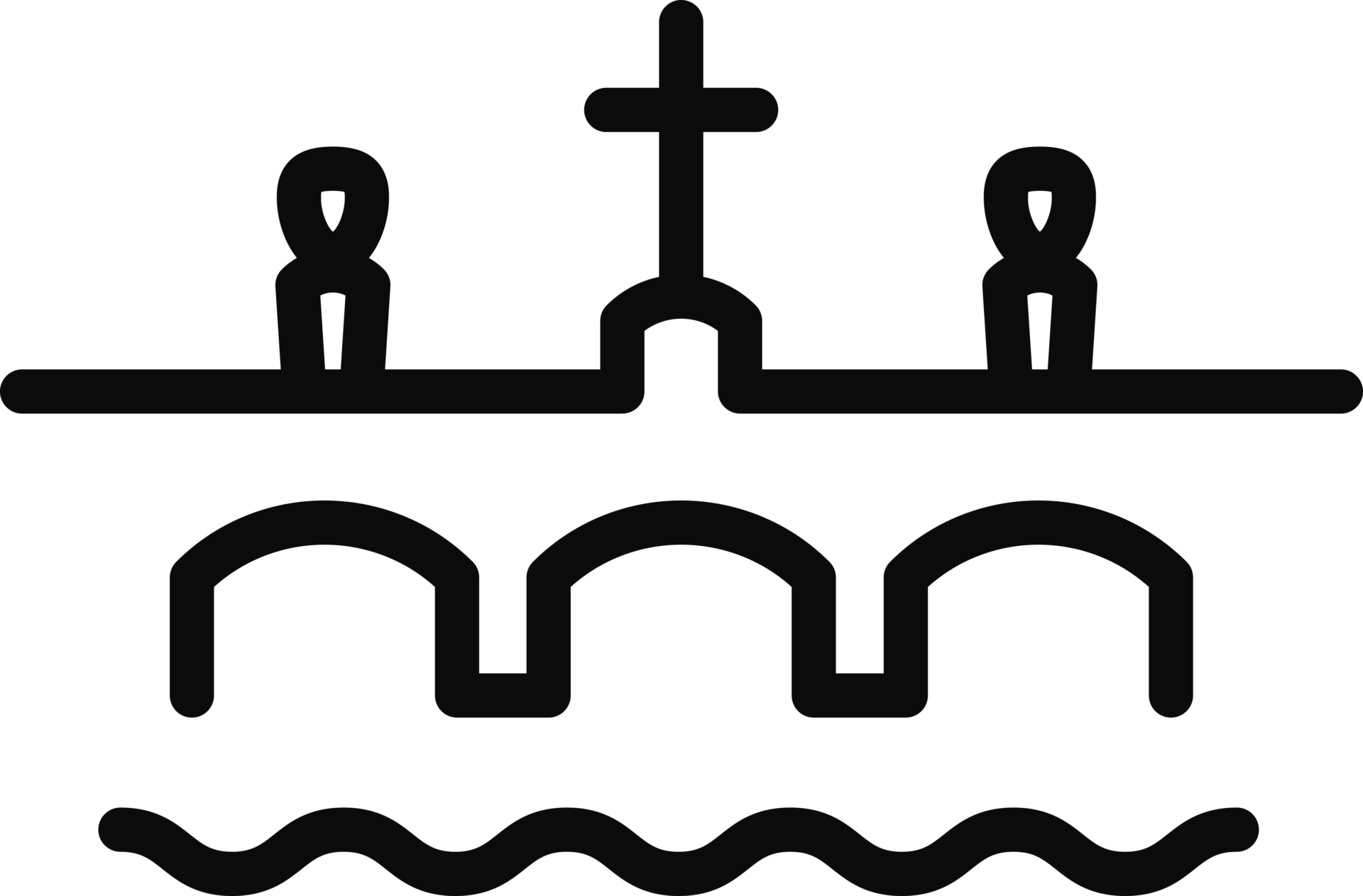Archbishop’s Palace
Archbishop’s Palace
The Archbishop’s Palace represents a respectable opposite to the secular power on the Hradčany square. After the destruction of the Bishop Palace in the Lesser Town during the Hussite wars in 1420, the Habsburg monarch Ferdinand I decided to build a new palace on Hradcanske square next to Prague Castle in 1562 after he had reestablished the Prague Archbishopric in 1561. Since 1562 Archbishop Palace has served as seat of Prague’s archbishop and the archdiocese office. In 1599 the chapel of St John the Baptist was built and decorated with valuable wall and ceiling stuccoes and frescoes painted by Daniel Alexius of Květná. In 1669-1694, the Palace was rebuilt in the early Baroque style to the design of the French architect Jean Baptiste Mathey. The palace was composed of a large complex with four wings and four courtyards. The sculptural decoration of the front facade, including the coat-of-arms of the Archbishop Peter Příchovský above the main entrance, mostly represent the work of the sculptor Ignac Frantisek Platzer.
Interior
The interior of the Archbishop’ palace was mainly designed in the Rococo style and the most valuable items are represented by a collection of nine French tapestries as well as the gallery of portraits of Prague’s archbishops. There is also a fine set of sumptuous Gobelin tapestries adorning several rooms, with decorative 18th-century furnishings set amidst a large collection of sacred portraits.
Legend Of Crucifixion Painting
Legend tells that the main altar in the chapel was decorated with a Crucifixion painting by an unknown Italian artist. The artist wanted to create the painting perfectly as he received the commission from the archbishop himself. But the painter was not satisfied with the face of the dying Christ which wasn’t, according to him, showing enough death awe. He asked a beggar from the Charles Bridge to become his model. Tying the beggar to the cross, the artist wasn’t satisfied with the look of suffering on the beggar’s face. Furious with the his model, the artist plunged his dagger into the beggar’s heart, and worked fast to capture the expression on the beggar’s face before the poor soul died. The painting was impressive, but it had claim two lives. That of the beggar, and that of the artist, who, full of remorse for the foul deed, committed suicide by jumping off a mountain.
Statue Of Tomas Garrigue Masaryk
In the proximity of the palace you can see the bronze statue cast during the 20th century. The statue honors Tomas Garrigue Masaryk, the first president of the then newly independent Czechoslovak state.
If you want to sleep near by the Archbishop’s palace, book one of our beautiful apartments!



